
Breaking the pain cycle
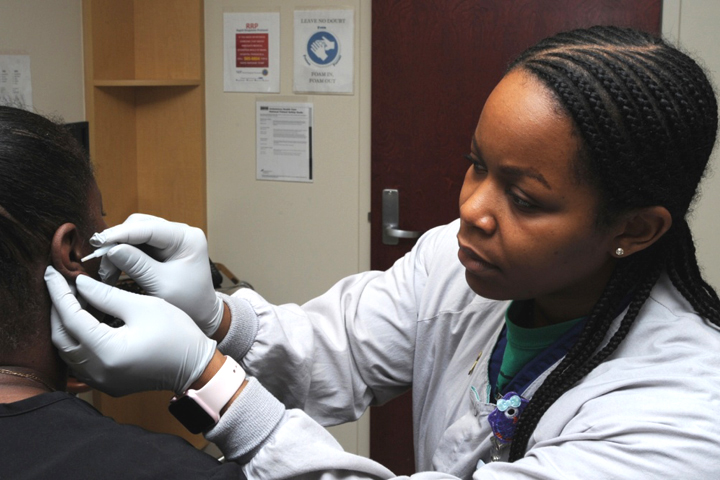
Ashley Blake, an acupuncture nurse at Naval Hospital Pensacola’s Pain Management Clinic, treats a patient with Battlefield Acupuncture (BFA), one of many opioid alternatives offered at many treatment facilities in the Military Health System. BFA consists of inserting five tiny and sterile 2 mm needles into specific points of the ear where they can remain for up to three days. (U.S. Navy photo by Petty Officer 1st Class Brannon Deugan)
The pain in Marjorie Ann McLaughlin’s feet from plantar fasciitis made walking difficult, and the inactivity led to a cycle of back and knee pain. This physical pain led to relationship pain with her husband and family because she couldn’t cook dinners or make it upstairs most nights to sleep in her own bed. The former Air Force sergeant couldn’t even work in her garden, a favorite pastime.
McLaughlin didn’t like the way prescription opioids like hydrocodone made her feel. Her provider recommended pain management services available at Walter Reed National Military Medical Center – services with a common goal of easing patient discomfort while also reducing or eliminating the use of opioid medications.
“Providers continually collaborate to help ensure patients get the right level of care and treatment,” Army Lt. Col. Sharon Rosser said. Rosser, director of the Army Comprehensive Pain Management Program at Defense Health Headquarters in Falls Church, Virginia, leads efforts with other clinical experts to optimize pain management practices across the Military Health System.
According to Rosser, embedding primary care pain champions and additional providers like physical therapists, behavioral health consultants, and clinical pharmacists into primary care is just one way the MHS is delivering evidenced-based pain management for patients with acute and chronic pain.
“We’re dedicated to supporting our health care professionals with education and training so they may form effective, individualized patient treatment plans for acute and chronic pain,” Rosser said. “MHS leaders continue to look for opportunities to increase access to evidence-based pain care and non-pharmacologic therapies.”
Providers reinforce the lifestyle benefits of a nutritious diet and of daily movement in the presence of both acute and chronic pain, Rosser said. Problems caused by injury, illness, or surgery can include tense muscles, psychological stressors, emotional reactions to pain, or poor sleep – a combination that can contribute to persisting pain, called a pain cycle. MHS pain management services can offer patients alternative treatments to help.
Dr. Christopher Spevak, director of the opioid safety program for the National Capital Region, and a pain physician at Walter Reed, feels the more options for patients, the better. Pain clinics may offer procedures such as trigger-point massage, dry-needling, advanced injections like epidurals and facet blocks, spinal cord stimulation, and acupuncture. These therapies, along with yoga, biofeedback, cognitive behavioral therapy, mind-body techniques, ice or heat, and electrical stimulation modalities (TENS, Alpha-Stim, Calmare, and Inter X) can make a big difference in a pain cycle.
“The literature continually demonstrates there is very minimal indication for opioid use for chronic pain outside of end-of-life and cancer-type pain,” said Spevak, adding that the goal is to give patients control over their pain and their lives with as little medication as possible. “We help taper their medication, introduce them to acupuncture, and offer other physical and behavioral based modalities, such as cognitive behavior therapy and mindfulness.”
Pain and treatment experiences vary across individuals due to the sensitivity of nerves and brain reactions. For McLaughlin, the path toward relief included sessions with a pain management psychologist to talk over treatment options. Recommendations included yoga and a non-opioid muscle relaxant. The provider also introduced her to acupuncture, which she said opened up “a whole new world.”
“We should consider date night at acupuncture,” said McLaughlin, joking with her husband who suffers from shoulder problems. “Acupuncture is everything.”
While acupuncture helped McLaughlin sleep, other treatments worked better to treat Navy Petty Officer 1st Class Peter Kendrick’s upper back problems. Years of what he calls “wear and tear” had taken their toll. Deteriorating discs were pinching nerves and causing pain in both arms.
“It was to the point where I couldn’t sit in a car, and I couldn’t move my left arm at all,” said Kendrick.
Kendrick was prescribed an opioid for pain, which helped. However, like McLaughlin, he didn’t like the way it made him feel. “I didn’t like the residual effects of the medication,” said Kendrick. “I took it for three months when I really needed it.”
Kendrick’s provider referred him to a pain management team, where he started receiving epidural steroid injections a month or two apart. After receiving his fourth injection, he reports “the pain comes back intermittently, but it’s by no means as intense as before.”
The steroid shots helped Kendrick handle physical therapy – just one of a variety of non-medication options offered to manage his pain. He was also given Alpha-Stim electrotherapy, a high-tech product resulting from research by the Department of Defense, Department of Veterans Affairs, National Institutes of Health, and others. Alpha-Stim uses the Cranial Electrotherapy System and addresses pain, anxiety, insomnia, and depression by sending a current via ear clips to nerve cells in the brainstem. After 10 treatments, Kendrick was prescribed a CES unit that he uses at home almost daily for up to an hour. “It really helps with sleep,” he reported.
Spevak believes the news media’s attention on the national opioid epidemic and its potential dangers may lead some people to seek alternatives. “At Walter Reed, we’re able to offer treatments to active duty service members that may be difficult to get in the civilian sector due to reimbursement constraints.”
Kendrick agrees with trying out different options and encourages alternative therapies when recommended by a care provider. He said the breathing and meditation he learned from yoga helps him concentrate on something else other than the pain. “It breaks the pain pattern,” he said.
MHS Pain Management 2019
Fact Sheet
4/3/2019
This document provides images for a pain rating scale, from 0 to 10, along with supplemental questions.
Study's focus: Mending hearts broken by deaths of military loved ones
Article
2/19/2019
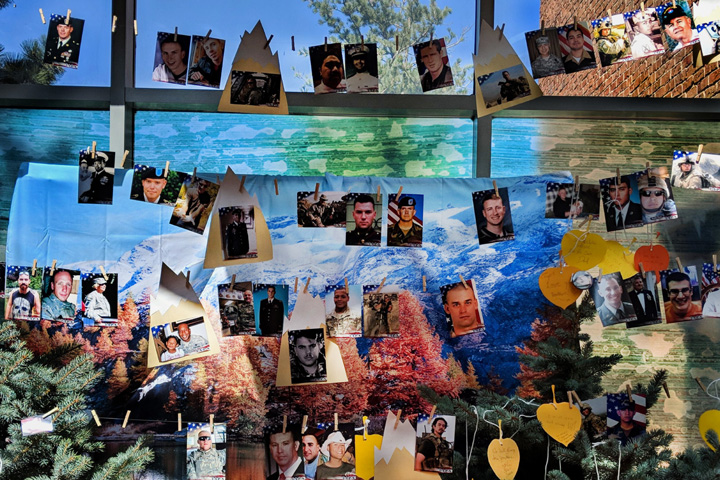
Military tests virtual programs for adapting to grief
It's complicated: Our relationship with social media
Article
2/13/2019
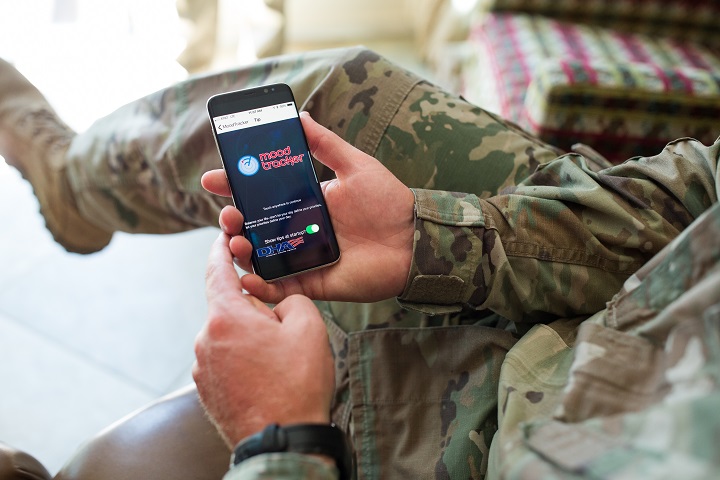
Social media can help connect and reconnect people; however, it may increase feelings of isolation or remind people of what they don’t have
Technology Solutions for Psychological Health
Congressional Testimony
2/1/2019
HR 3219, HAC Report FY 2018, 115-219, Pg. 287-288
Traumatic Brain Injury/Psychological Health
Congressional Testimony
1/25/2019
S. 3000, SAC Report for FY 2017, 114-263, Pg. 193
Mental Health Assessments for Members of the Armed Forces
Congressional Testimony
1/11/2019
HR 3979, NDAA Report for FY 2015, Sec. 701
Fourth annual Warrior Care in the 21st Century Symposium forges path ahead
Article
1/4/2019
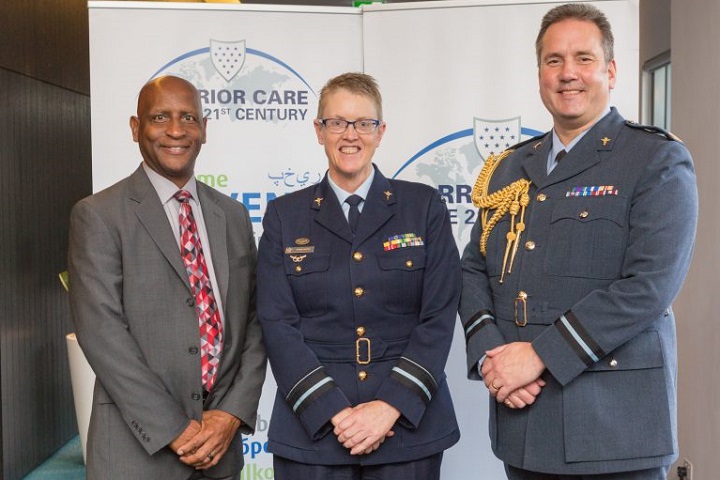
The WC21 coalition facilitates global sharing of best practices and lessons learned in medical and non-medical military health care
Recognizing the holiday blues
Article
12/19/2018

There are some individuals who are normally happy and content who can also experience holiday blues
Resiliency as part of the healing process
Article
11/21/2018
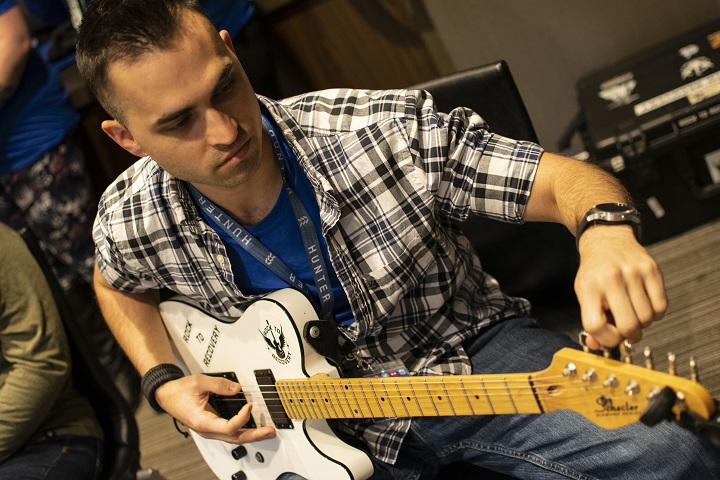
The Air Force Wounded Warrior Program kicked off its Northeast Region Warrior CARE Event at the National Harbor
There is help for anyone caring for a service member
Article
11/19/2018
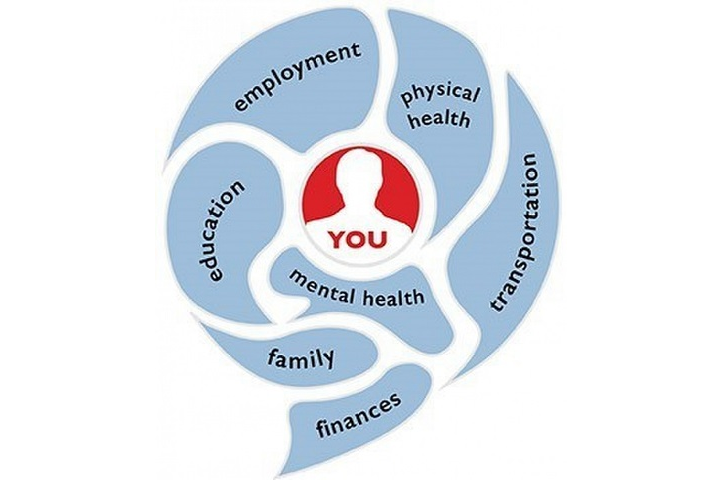
PEER Forums provide military caregivers a forum to share experiences and provide each other support
A pain in the brain may be a migraine
Article
11/15/2018

Women affected three times more frequently than men
To drink, or not to drink
Article
11/9/2018

If you are battling substance abuse, consider attending an alcohol-free holiday party or host your own alcohol-free small gathering
The Next Step: The Rehabilitation Journey After Lower Limb Amputation
Publication
11/8/2018
This handbook will help to guide military members and their families through an amputation, recovery, and rehabilitation.
DHA IPM 18-019: Guidance for Service Implementation of Separation Mental Health Assessments
Policy
This Defense Health Agency-Interim Procedures Memorandum (DHA-IPM), based on the authority of References (a) through (c), and in accordance with the guidance of References (d) through (g): • Assigns responsibilities and provides instructions for implementing Reference (d), which requires an MHA for Service members prior to separation in accordance with References (e) through (g). • Is effective immediately; it will be incorporated into DHA-Procedural Instruction xxxx.xx, “Separation History and Physical Examination.” This DHA-IPM will expire effective 12 months from the date of issue.
- Identification #: 18-019
- Date: 11/8/2018
- Type: DHA Interim Procedures Memorandum
- Topics: Mental Health Care | Assessments
Women and depression
Article
10/30/2018

1 in every 8 women develops clinical depression during her lifetime





















.jpg)












No hay comentarios:
Publicar un comentario